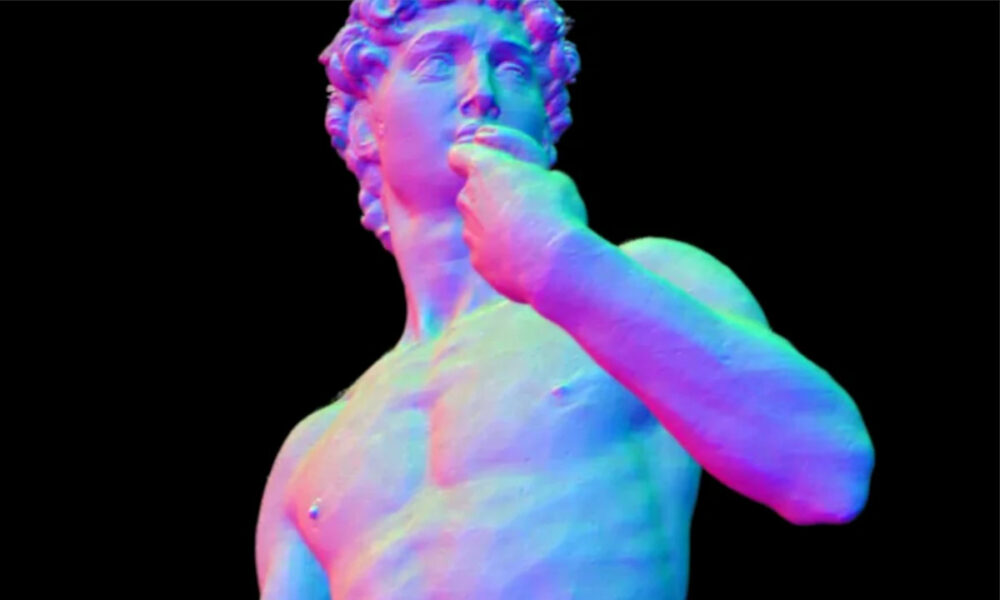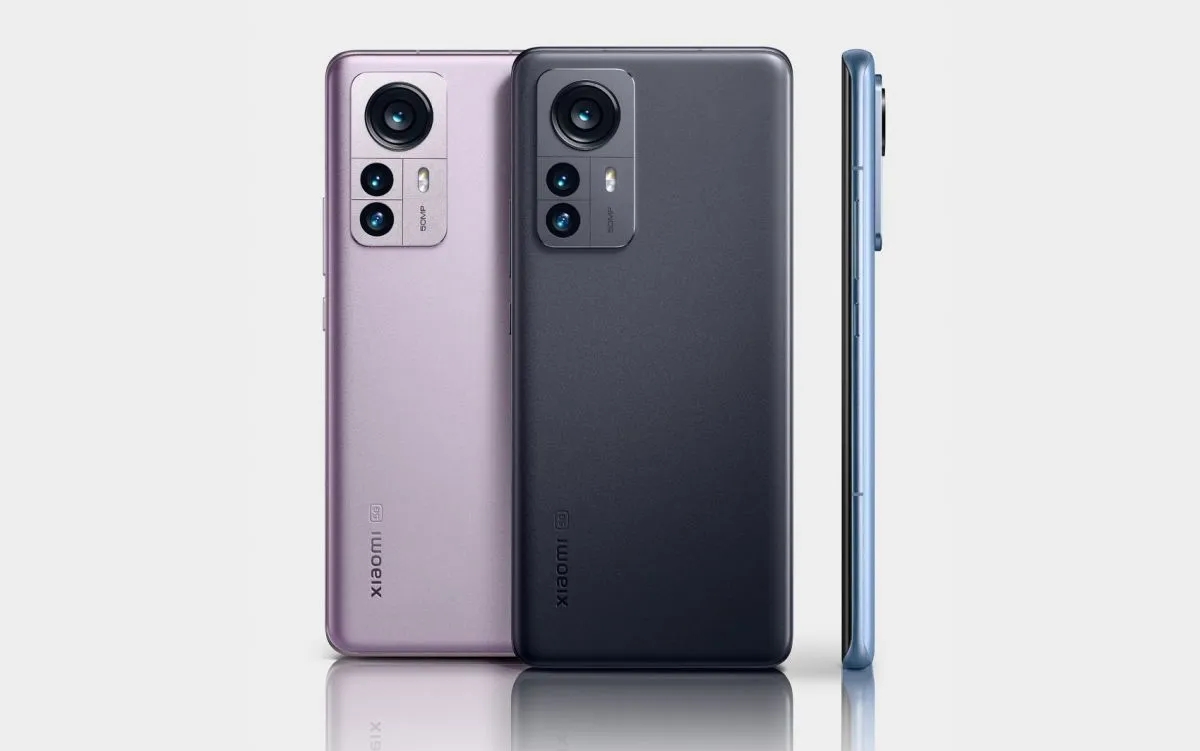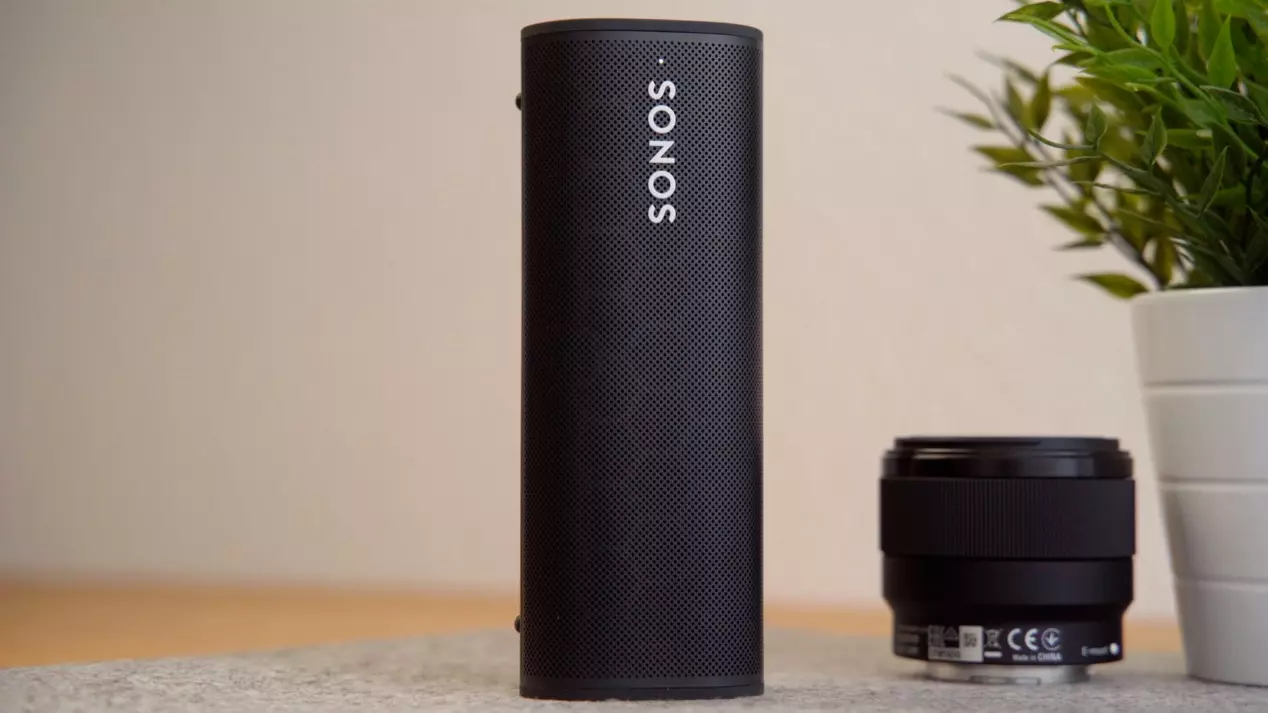
can we rate an artificial intelligence like NVIDIA Neuralangelo as “renaissance”? The truth is that both its name and the first of the visual examples that they have chosen to illustrate the potential of this new development point in this sense, not so much in the sense that it indicates that it has skills in the most varied areas, something in what Leonardo da Vinci is the greatest exponent, such as the one that refers to the impressive works that, chisel in hand from a large block of marble, were able to create geniuses like Michelangelo, to whom, of course, it is dedicated the name of this new AI model.
And what does Neuralangelo do to deserve such a label? Well, based on a conventional video recording (that is, in 2D) that surrounds an object of any type or that runs through a room, borders a building, etc., will be able to create a high-quality three-dimensional representation of itwhich in addition to the shape of the surfaces will also take into account the type of material used, something that will be extremely practical.
Once the model is generated, the technology developed by NVIDIA Research will allow its export so that, in this way, the model can be used normally in 3D design applications, either because we want to include an object in a previously designed scene, or because we want to create a scene from that model. According to Ming-Yu Liu, co-author of the article on Neuralangelo, eventually it will be possible to import the models with all their level of detailwhich invites us to think that in this process information about the textures captured and recreated in the process will be preserved.
To create the 3D representation, NVIDIA Neuralangelo analyzes the video recording, once it has determined the position in it of what you want to capture, andchoose a selection of frames that provide all the necessary information in terms of depth, size and shape. Next, it will proceed to create a first approximate three-dimensional representation, which in a third phase will be optimized to faithfully reproduce all the details of the object it is capturing.
It is not the first time that NVIDIA explores an AI algorithm of this type. In fact, part of the technology from the Instant NeRF model that we told you about earlier last year, has been used to develop Neuralangeloalthough this latest development provides a more detailed and realistic result, we can understand that both due to improvements in the algorithm itself, as well as the fact that it will have more information about the object to be reproduced than that provided by the images used by Instant NeRF.
More information



